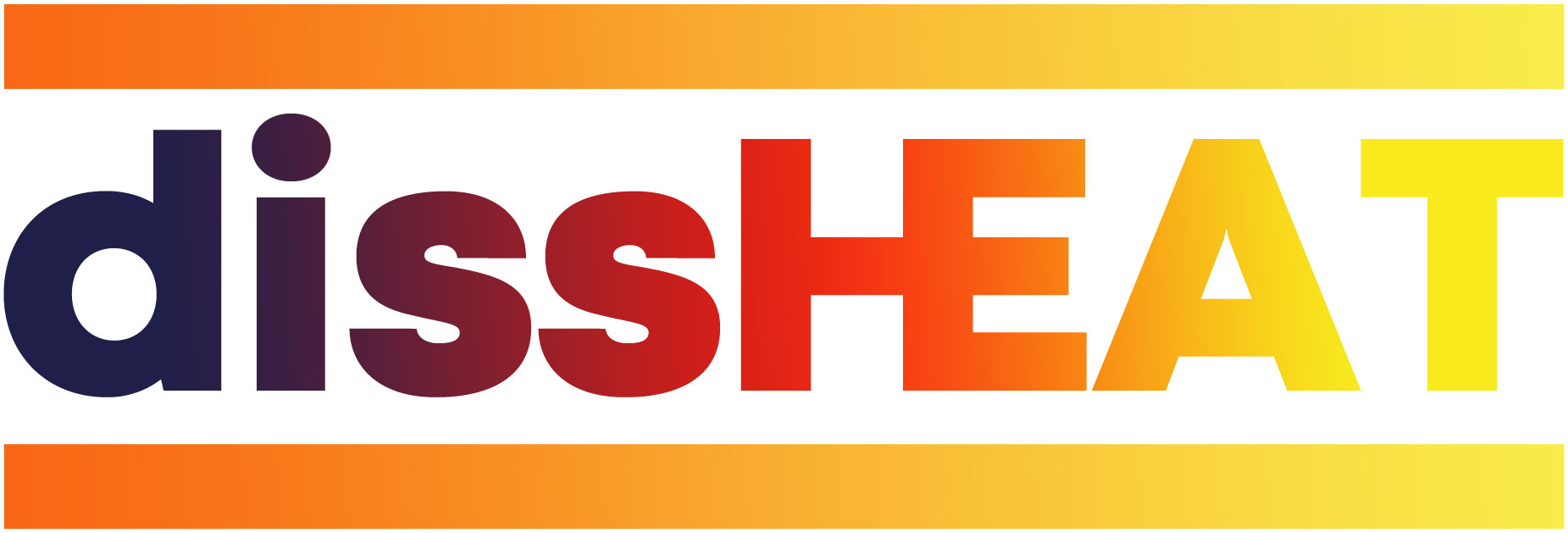Relevant Findings
Selected relevant findings in the dissHEAT project
Burners:
-
Technology impact and integration research in:
-
Combustion heating with fuel-flexible burners for future fuels: hydrogen, biofuels, ammoniac and oxidizers: air, oxygen enhanced combustion OEC, oxy-fuel (100 % O2)
-
NOx-emissions: development of ultra LowNOx burners for future fuels
-
Efficiency in heating with new technologies and fuels by heat-recovery from exhaust
– customizes solutions for specific plants and use cases
-
Applying dark zone (when enough space in furnace available) for direct heat recovery from exhaust
-
Combination of measures (from combustion, heat recovery, control, process operation, hot charging) for increased efficiency and future-fuel savings in furnace heating.
-
Heat Recovery, Heat Transfer, Productivity:
-
Impact of fuel saving technologies in future – integration research in:
-
Hybrid furnace heating: combination of combustion and electric heating (induction, resistive electric heating)
-
Retrofitting with electrolysers and RDH – research in up-scaling
-
System integration (internal integration within steel mill, interaction with gas and power grids, with chemical industry for synthetic fuel production, domestic heating and hot water production
-
Mini mills for efficient product-specific (mass) production.
-
Modelling, Control level 2:
-
Impact of modelling technologies and integration research in:
-
Artificial intelligence and machine learning,
-
Physical-injected neural network,
-
Dynamic and/or auto-adaptive modelling for process optimisation and control.
-
Big data and advanced analytics overview for predictive apps and operational reports.
-
Control level 1, Regulations:
-
Impact of alternative heating systems on standards and regulations:
-
Revision of emission measurement standards for measurement for moist basis recommended (EN 14792, EN 14181, EN 15267-3/-4)
-
Revision of NOx limit definitions for flexible fuel operation or hybrid heating operation (electric and gas) recommended
-
Revision of the BREF Document for Ferrous Metals Processing recommended to include new BAT-AELs definitions
-
The use of alternative fuels such as hydrogen is partially mentioned and defined in ISO 13577-2 “Industrial furnaces and associated processing equipment – Safety – Part 2: Combustion and fuel handling systems”.
-
Materials:
-
Technology impact and integration research in:
-
Impact of future reheating technologies (i.e., H2-combustion and electric heating) on steel grades – perform a full screening of all relevant grades,
-
Avoid impact of furnace atmospheres on surface and/or scaling by coatings of alternative metallurgic compositions,
-
Wear of plant components, like burner nozzle, electric resistance heaters, adhesion on ceramics by new fuels and heating technologies in reheating processes.
-
